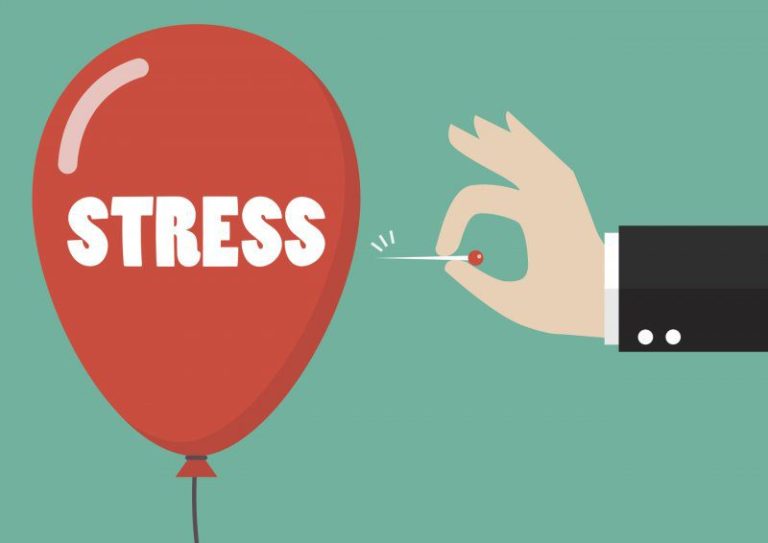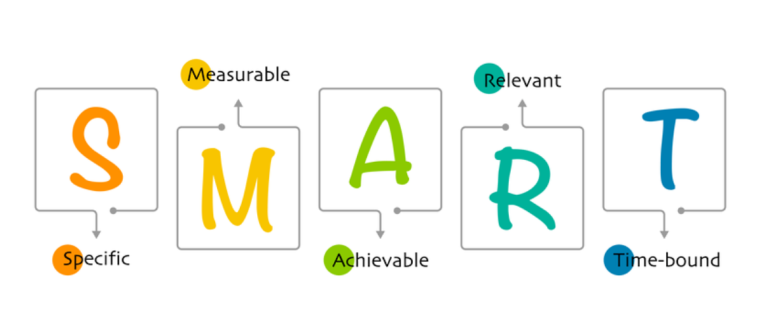Mindfulness meditation is not for me
The Annual Review of Clinical Psychology Journal highlights Joseph Wielgosz’s research on mindfulness practices in mental health treatment. Additionally, his team emphasises the growing scientific evidence supporting mindfulness as an effective approach for improving psychological wellbeing and resilience. Moreover, mindfulness offers practical tools for reducing stress, enhancing emotional regulation, and fostering healthier coping strategies in daily life. Ultimately, I will now outline three key reasons explaining why mindfulness has become widely applied in therapeutic mental health settings.
Points to Consider Here
- Mindfulness techniques are very varied and can be used for, anxiety, depression, pain management and substance use.
- Mindfulness approaches can used from clients who do not respond to traditional treatments.
- These techniques not only treat mental health issues, but also support the resilience and well-being of the general population (Wielgosz et al., 2019).
Breaking Burnout With Balance: How Mindfulness Affects Brain and Behaviour
Basically, mindfulness involves focusing attention on the present moment, preventing distraction by thoughts about the past or the future. Additionally, neurobehavioural research demonstrates that this mechanism effectively alleviates painful thoughts, distressing emotions, and overwhelming physical sensations experienced daily. Ultimately, mindfulness practice strengthens awareness, reduces suffering, and promotes healthier psychological functioning through consistent application in everyday life situations.
Do We Need to Meditate to Practise Mindfulness?
Many mindfulness-based therapies highlight meditation as a structured, reliable method for learning mindfulness and cultivating greater awareness. Additionally, Acceptance and Commitment Therapy demonstrates meditation is just one of many ways to build mindfulness effectively. Moreover, this offers reassurance for individuals who are not particularly keen on practising formal mindfulness meditation consistently. Furthermore, meditation is often compared to exercise, beneficial but challenging for people to maintain over longer periods of time. Ultimately, the flexibility of mindfulness practice ensures individuals can discover alternative, sustainable approaches that suit personal preferences and lifestyles.
Breaking Burnout With Balance: Alternatives to Mindfulness Meditation
Practising mindfulness becomes easier when connected with daily activities already present in your everyday routine consistently. Additionally, linking mindfulness with simple habits, such as walking or eating, creates opportunities for greater awareness and presence. Moreover, integrating mindfulness into regular tasks allows individuals to cultivate balance without needing additional time commitments daily. Ultimately, this approach ensures mindfulness becomes sustainable, practical, and beneficial for both mental health and emotional wellbeing overall. Some examples of how to do this include:
I) Mindful eating
Harvard’s Medical School has a list of recommendations. These include bringing all your senses to your meal (appreciating the aroma, flavor, and texture of the food), either when cooking or eating. Ways to do this are trying to identify the ingredients and spices, take small bites, chew thoroughly and allowing yourself a few minutes before you start chatting with whoever is joining you for the meal (“8 steps to mindful eating – Harvard Health”, 2016).
II) Breaking Burnout With Balance Through Mindful Exercising
You see, the first step in practising mindful walking or running effectively involves unplugging from distractions like phones or playlists entirely. Additionally, instead of listening to music or chatting, direct your attention purposefully toward your body’s natural sensations and environment. Moreover, notice how the ground feels beneath your feet, the rhythm of your arms, and the stretch in muscles. Furthermore, engage your senses by focusing on surrounding sounds, air movement, and subtle shifts in the atmosphere around. Ultimately, this practice enhances presence, strengthens mind-body connection, and deepens the calming benefits of mindful physical activity consistently.
Final Thoughts
To close off, mindfulness offers flexible pathways for building awareness, managing stress, and supporting healthier patterns of behaviour in everyday life. Additionally, individuals can embrace mindfulness either through meditation or alternative approaches, ensuring accessibility for diverse preferences and lifestyles worldwide. Moreover, integrating mindfulness into daily routines enhances resilience, emotional regulation, and overall psychological wellbeing across different personal circumstances. Ultimately, practising mindfulness consistently empowers individuals to break burnout with balance, cultivating long-term health, clarity, and personal growth.
Breaking Burnout With Balance: Written by Elena Marinopoulou
If you think that you can benefit from professional support on this issue you can reach out here.
Elena Marinopoulou is a Behaviour Analyst with the Willingness Team. She works with children and adults and has a strong interest in parent training, sleep and feeding issues emerging during childhood, as well as Acceptance and Commitment Therapy.
References
8 steps to mindful eating – Harvard Health. Harvard Health Medical School. (2016). Retrieved 30 November 2021, from https://www.health.harvard.edu/staying-healthy/8-steps-to-mindful-eating.
Cameron, L. (2018). How to Meditate through Exercise. Mindful. Retrieved 30 November 2021, from https://www.mindful.org/how-to-meditate-through-exercise/.
Harris, R. (2009). Mindfulness without meditation. Healthcare Counselling And Psychotherapy Journal, 21-24. Retrieved 30 November 2021, from https://www.actmindfully.com.au/upimages/Mindfulness_without_meditation_–_Russ_Harris_–_HCPJ_Oct_09.pdf
Wielgosz, J., Goldberg, S., Kral, T., Dunne, J., & Davidson, R. (2019). Mindfulness Meditation and Psychopathology. Annual Review Of Clinical Psychology, 15(1), 285-316. https://doi.org/10.1146/annurev-clinpsy-021815-093423







